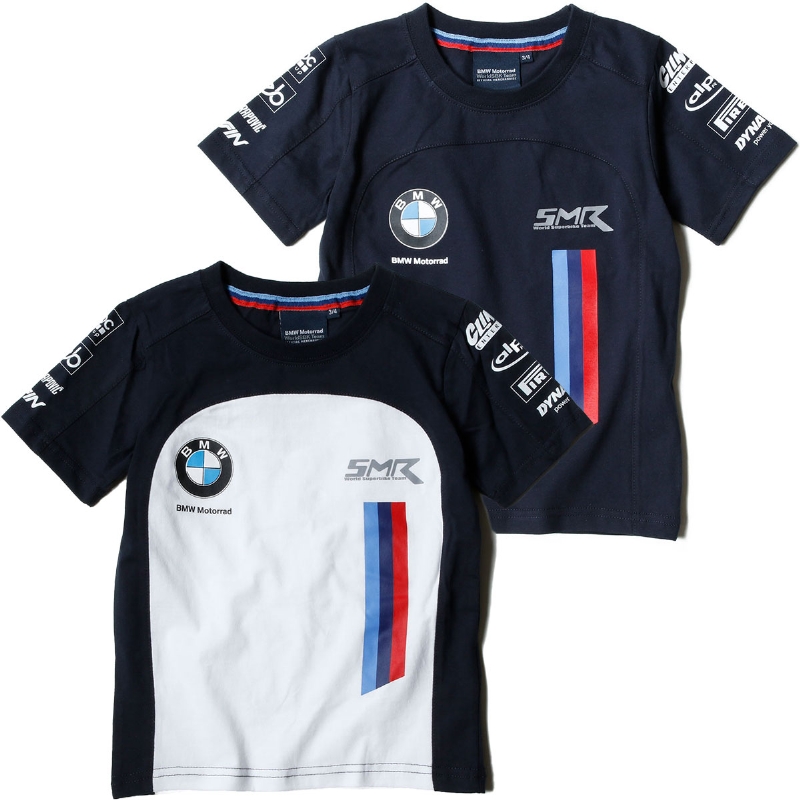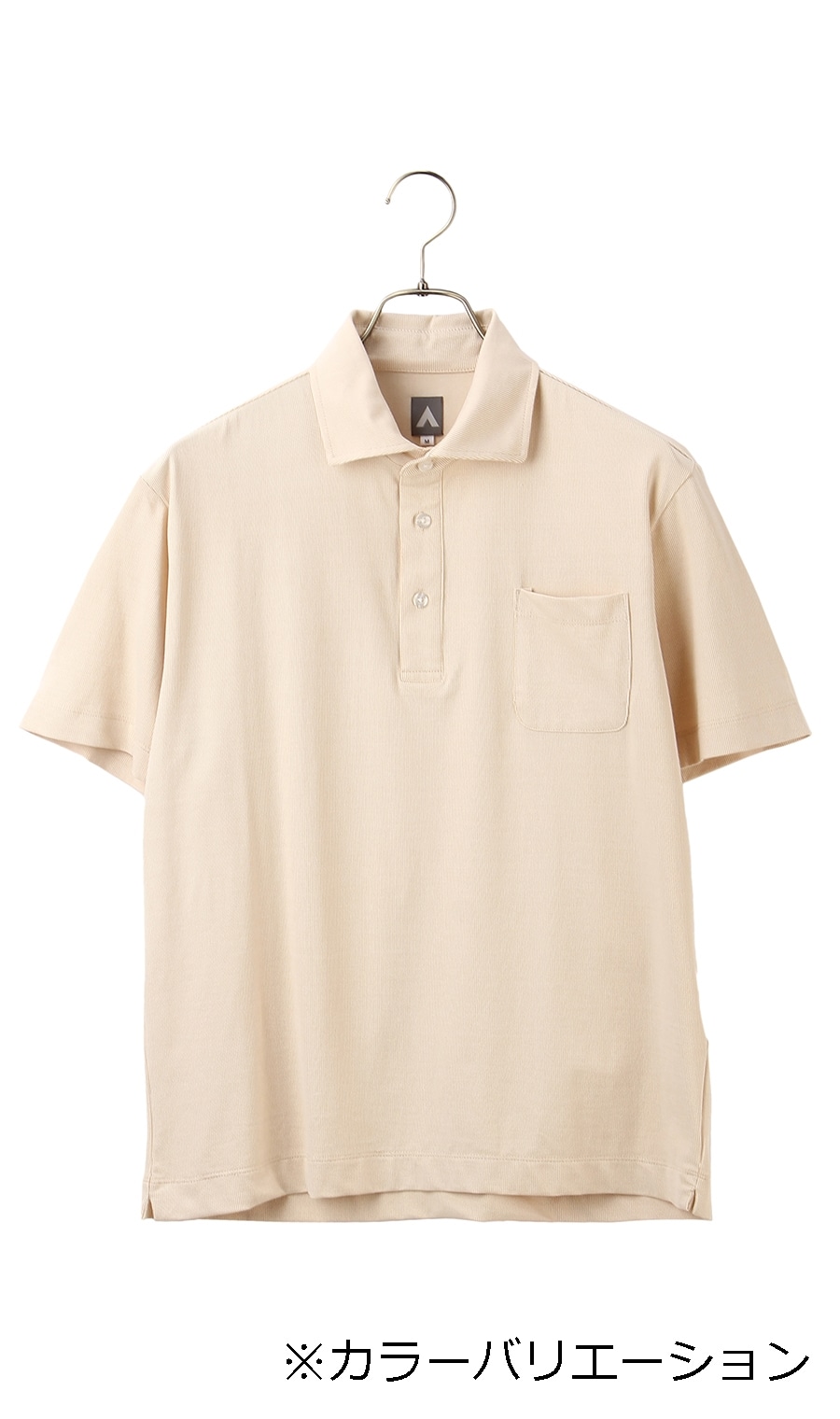割引き!★【TYCO BMW】SuperBike ドライTシャツ 紺【M】
(税込) 送料込み
商品の説明
★【TYCO BMW】SuperBike ドライTシャツ 紺【M】
TAS Racing モデル 希少
(検 motoGP Super Bike BMW Motorrad)
2024年も各国Super Bike選手権&WORLD SUPER BIKEは熱い戦いを繰り広げてますね!
モータースポーツは2023年、各国・各シリーズ、火花バッチバチ予想!
【TYCO BMW】はどの分野のレースでもカッコイイですね!
このウェアは、【TYCO BMW】Tas Racingの
ドライTシャツとなります。【希少】
■紺
■サイズ 【M】
・肩幅:46m(だいたい肩から)
・身丈:62cm(だいたい肩から)
・身幅:50cm(脇下)
・袖長:23cm(だいたい肩から)
入荷時表記
■【画像盗用禁止】
■お値引きはできません。
#BMWMotorrad
#BMW
#Kawasaki
#YAMAHA
#Yoshimura
#SUPERBIKE
#motoGP商品の情報
| カテゴリー | 車・バイク・自転車 > バイク > バイクウェア・装備 |
|---|---|
| 商品のサイズ | M |
| ブランド | ビーエムダブリュー |
| 商品の状態 | 新品、未使用 |

BMW - 割引き!☆【TYCO BMW】SuperBike ドライTシャツ 紺【M】の通販

BMW - 割引き!☆【TYCO BMW】SuperBike ドライTシャツ 紺【M】の通販

BMW - 割引き!☆【TYCO BMW】SuperBike ドライTシャツ 紺【M】の通販

割引き!☆SuperBike ドライTシャツ 紺 - バイクウエア

割引き!☆SuperBike ドライTシャツ 紺 - バイクウエア

割引き!☆SuperBike ドライTシャツ 紺 - バイクウエア

割引き!☆SuperBike ドライTシャツ 紺 - バイクウエア

割引き!☆SuperBike ドライTシャツ 紺 - バイクウエア

BMW - 割引き!☆【TYCO BMW】SuperBike ドライTシャツ 白紺【L】の

割引き!☆SuperBike ドライTシャツ 紺 - バイクウエア

割引き!☆SuperBike ドライTシャツ 紺

割引き!☆SuperBike ドライTシャツ 紺 信頼 - バイクウエア

BMW - 割引き!☆【TYCO BMW】SuperBike ドライTシャツ 紺【M】の通販

割引き!☆SuperBike ドライTシャツ 紺 - バイクウエア

World Super Bike Tシャツ - パーツ

BMW - 割引き!☆【TYCO BMW】SuperBike ドライTシャツ 白紺【L】の

割引き!☆SuperBike ドライTシャツ 紺 信頼 - バイクウエア

BMW - 割引き!☆【TYCO BMW】SuperBike ドライTシャツ 紺【M】の通販

ラスト! 【TYCO BMW】 SBK Tas Racing Tシャツ L - メルカリ

割引き!☆SuperBike ドライTシャツ 紺 - バイクウエア

BMW - 割引き!☆【TYCO BMW】SuperBike ドライTシャツ 白紺【L】の

World Super Bike Tシャツ - パーツ

BMW - 割引き!☆【TYCO BMW】SuperBike ドライTシャツ 紺【M】の通販

残りわずか! TYCO BMW】 SuperBike Tシャツ L - バイクウェア・装備

BMW - 割引き!☆【TYCO BMW】SuperBike ドライTシャツ 白紺【L】の

残りわずか! TYCO BMW】 SuperBike Tシャツ L - バイクウェア・装備

2024年最新】tyco bmwの人気アイテム - メルカリ

割引き!☆SuperBike ドライTシャツ 紺 - バイクウェア・装備

割引き!☆SuperBike ドライTシャツ 紺 - バイクウェア・装備

割引き!☆SuperBike ドライTシャツ 紺 - バイクウェア・装備

割引き!☆SuperBike ドライTシャツ 紺 - バイクウェア・装備

BMW motorrad World SBK 白色(白紺) ドライ Tシャツ WORLD SUPER

BMW - 割引き!☆【TYCO BMW】SuperBike ドライTシャツ 白紺【L】の

割引き!☆SuperBike ドライTシャツ 紺 - バイクウェア・装備

割引き!☆SuperBike ドライTシャツ 紺 - バイクウェア・装備

割引き!☆SuperBike ドライTシャツ 紺 - バイクウエア

残りわずか! TYCO BMW】 SuperBike Tシャツ L - バイクウェア・装備

BMW motorrad World SBK 白色(白紺) ドライ Tシャツ WORLD SUPER

BMW - 割引き!☆【TYCO BMW】SuperBike ドライTシャツ 白紺【L】の

BMW - 割引き!☆【TYCO BMW】SuperBike ドライTシャツ 紺【M】の通販






商品の情報
メルカリ安心への取り組み
お金は事務局に支払われ、評価後に振り込まれます
出品者
スピード発送
この出品者は平均24時間以内に発送しています














